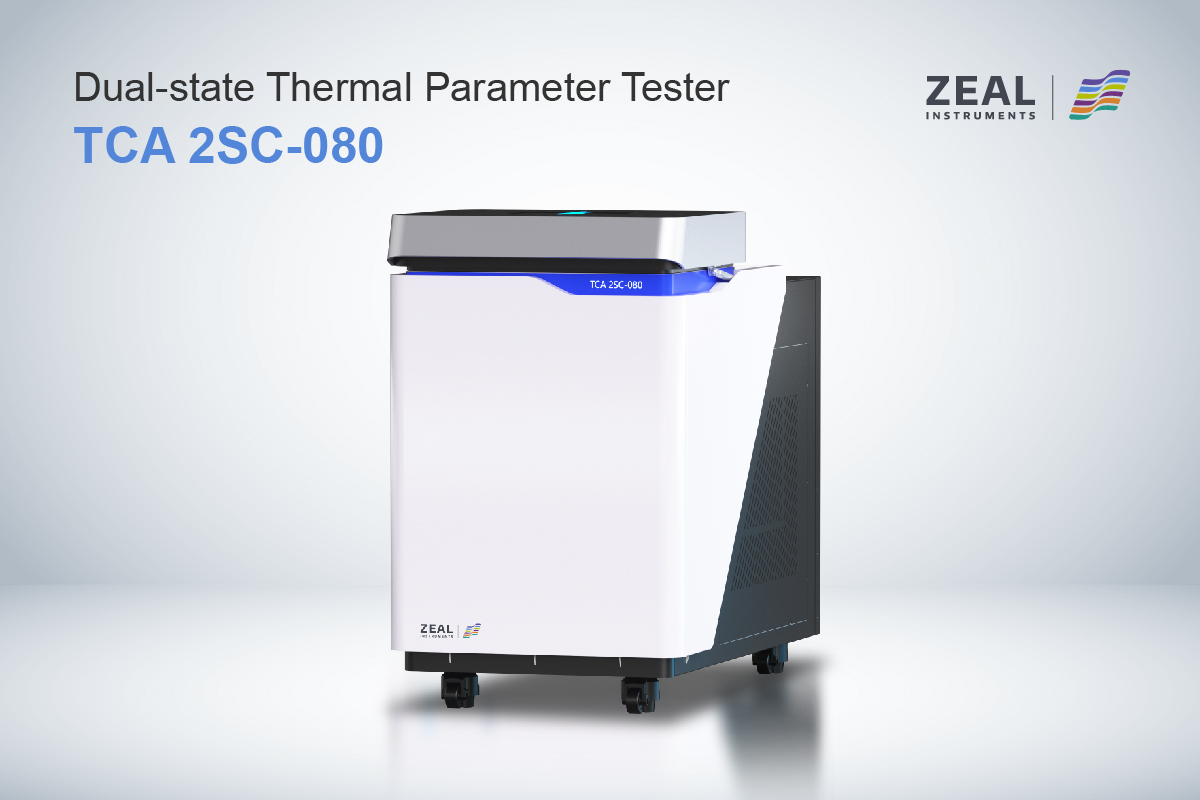Battery Thermal Conductivity Meter: A Guide
If you work with batteries, you know how important it is to measure their thermal conductivity. Battery thermal conductivity meters are essential tools for anyone who wants to understand the thermal properties of batteries. These meters can help you determine the heat transfer properties of your batteries, which can be crucial for optimizing their performance and safety.
The principles of thermal conductivity are fairly simple. Thermal conductivity is the ability of a material to conduct heat. Different materials have different thermal conductivity properties, which can be measured using various techniques. In the case of batteries, thermal conductivity is a critical property to measure because it affects the battery’s performance and safety. Battery thermal conductivity meters are designed to measure this property accurately and quickly, making them an essential tool for battery researchers, manufacturers, and users.
Key Takeaways
- Battery thermal conductivity meters are essential tools for anyone who wants to understand the thermal properties of batteries.
- The principles of thermal conductivity are fairly simple, but different materials have different thermal conductivity properties.
- Battery thermal conductivity meters are designed to measure this property accurately and quickly, making them an essential tool for battery researchers, manufacturers, and users.
Principles of Thermal Conductivity
Basic Theory
Thermal conductivity is the ability of a material to conduct heat. It is defined as the amount of heat that flows through a unit area of a material in a unit time when there is a unit temperature gradient across the thickness of the material. The thermal conductivity of a material depends on its physical properties such as density, specific heat, and thermal diffusivity.
Thermal Properties of Batteries
Thermal conductivity is an important property of batteries as it affects their performance, safety, and lifespan. In general, the thermal conductivity of a battery is low due to the presence of insulating materials such as separators and electrode coatings. However, the thermal conductivity of a battery can be improved by using materials with high thermal conductivity such as graphite and copper.
The thermal conductivity of a battery also depends on its temperature. As the temperature increases, the thermal conductivity of a battery decreases due to the increase in thermal resistance of the materials. This can lead to temperature gradients within the battery which can affect its performance and safety.
In order to measure the thermal conductivity of batteries, a battery thermal conductivity meter is used. This device measures the thermal conductivity of a battery by applying a heat pulse to the battery and measuring the resulting temperature rise. The thermal conductivity of the battery is then calculated using the measured temperature rise and the physical properties of the battery.
Overall, the measurement of thermal conductivity is an important aspect of battery testing as it can provide valuable information about a battery’s performance and safety.
Battery Thermal Conductivity Meter Design
When designing a battery thermal conductivity meter, there are two main aspects to consider: sensor types and measurement techniques.
Sensor Types
There are two primary types of sensors used for measuring battery thermal conductivity: contact and non-contact. Contact sensors are in direct contact with the battery, while non-contact sensors use infrared or other forms of radiation to measure temperature without touching the battery.
Contact sensors are more accurate than non-contact sensors, as they can directly measure the temperature of the battery. However, they can also be more invasive, as they require direct contact with the battery, which can affect its performance. Non-contact sensors, on the other hand, are less invasive and can measure the temperature of the battery without affecting its performance. However, they are less accurate than contact sensors, as they can only measure the surface temperature of the battery.
Measurement Techniques
There are several techniques used for measuring battery thermal conductivity, including steady-state and transient methods. Steady-state methods involve applying a constant heat source to the battery and measuring the temperature difference between the heat source and the battery. Transient methods involve applying a brief heat pulse to the battery and measuring the temperature change over time.
Steady-state methods are more accurate than transient methods, as they provide a more stable and consistent measurement of thermal conductivity. However, they can also be more time-consuming and require more equipment than transient methods. Transient methods, on the other hand, are faster and require less equipment than steady-state methods. However, they are less accurate than steady-state methods, as they provide only a snapshot of the battery’s thermal conductivity.
In conclusion, when designing a battery thermal conductivity meter, it is important to consider both sensor types and measurement techniques. Contact sensors are more accurate than non-contact sensors, but they can also be more invasive. Steady-state methods are more accurate than transient methods, but they can also be more time-consuming. By choosing the right combination of sensor type and measurement technique, you can create a battery thermal conductivity meter that is both accurate and non-invasive.
Operational Guidelines
Preparation and Calibration
Before using the battery thermal conductivity meter, it is important to prepare and calibrate the equipment. This ensures that you get accurate and consistent readings.
First, make sure that the meter is clean and free from any debris or contaminants. You can use a soft cloth or a cleaning solution to wipe down the surface of the meter.
Next, calibrate the meter according to the manufacturer’s instructions. This usually involves setting the meter to a known standard, such as distilled water, and adjusting the settings until the meter reads the correct value.
Testing Procedures
When testing the thermal conductivity of a battery, it is important to follow the proper procedures to ensure accurate results. Here are some general guidelines:
- Make sure that the battery is at room temperature before testing.
- Connect the battery to the meter according to the manufacturer’s instructions.
- Turn on the meter and wait for it to stabilize.
- Place the thermal probe in contact with the battery and wait for the reading to stabilize.
- Record the reading and repeat the test at least three times to ensure accuracy.
- If the readings are inconsistent, double-check the calibration and make sure that the battery is properly connected to the meter.
By following these guidelines, you can ensure that you get accurate and reliable readings from your battery thermal conductivity meter.
Data Interpretation
Analyzing Results
After measuring the thermal conductivity of your battery material using a Battery Thermal Conductivity Meter, you will obtain a set of numerical data. To interpret the results, you need to understand the physical properties of the material and the measurement conditions.
One way to analyze the data is to compare it with the expected values for the material. You can find these values in literature or by measuring a reference sample with known thermal conductivity. If the measured value is close to the expected value, it indicates that the material is homogeneous and has good thermal properties. If the measured value is significantly different from the expected value, it suggests that the material may have defects or impurities that affect its thermal conductivity.
Another way to analyze the data is to look for trends or variations in the measurements. For example, you can measure the thermal conductivity of the material at different temperatures or under different pressures. If the measurements show a consistent trend, it indicates that the material has a predictable behavior under different conditions. If the measurements show significant variations, it suggests that the material may have a complex structure or composition that affects its thermal conductivity.
Error Sources
When interpreting the results of a Battery Thermal Conductivity Meter, you need to be aware of the potential sources of errors. Some of the common sources of errors include:
-
Instrumental errors: These errors arise from the limitations of the measuring instrument, such as its sensitivity, resolution, or calibration. To minimize these errors, you need to use a high-quality instrument and follow the manufacturer’s instructions for calibration and maintenance.
-
Sample preparation errors: These errors arise from the way you prepare the sample for measurement, such as its shape, size, or orientation. To minimize these errors, you need to ensure that the sample is representative of the bulk material and that it has a uniform and smooth surface.
-
Environmental errors: These errors arise from the influence of the surrounding environment on the measurement, such as the temperature, humidity, or air flow. To minimize these errors, you need to control the environmental conditions and ensure that they are stable and consistent throughout the measurement.
By understanding these error sources and taking appropriate measures to minimize them, you can improve the accuracy and reliability of your thermal conductivity measurements.

































